Key Notes
- USD stablecoins dominate 90-95% of global circulation, while EUR-denominated tokens represent under €350 million currently.
- Agentic payments use AI and smart contracts to autonomously optimize spending, yield allocation, and compliance in real time.
- Report recommends the EU harmonize MiCAR implementation and establish merchant-level incentives for euro-backed tokens.
Wirex, a UK-based digital payments platform and principal member of Visa and Mastercard, released a whitepaper on Oct. 29 forecasting that Europe’s stablecoin market could reach €1 trillion this decade. The company, which has over 6 million customers across 130 countries, projects growth driven by euro-denominated tokens compliant with the EU’s new MiCAR regulation.
The stablecoin market shows 90-95% of global circulation in USD-denominated tokens, while EUR-backed tokens represent less than €350 million, according to the whitepaper. Wirex projects 10-15x growth for MiCAR-compliant euro tokens and calls for coordinated EU incentives to promote EUR-backed stablecoins as a strategic priority for monetary sovereignty.
Programmable Money and Banking Infrastructure
The whitepaper examines how stablecoins are entering mainstream finance as payment instruments under MiCAR’s regulatory framework. Wirex characterized the shift as moving from mobile banking to programmable money in its announcement of the report.
The study identifies agentic payments as an emerging trend, where AI- and smart-contract-driven transactions act autonomously on behalf of users. The concept builds on developments like Circle’s integration with Coinbase’s x402 protocol, enabling AI agents to pay for services using USDC. Wirex predicts stablecoin-native challenger banks will combine non-custodial wallets, on-chain settlement, and card networks across categories of FinTech services.
Wirex Strategy and Industry Context
Wirex established its European headquarters in Milan in 2025, treating MiCAR compliance as a competitive advantage rather than a regulatory burden. The platform has processed more than $20 billion in transactions since its founding.
Other payments firms have made similar moves into stablecoins, including Western Union’s USDPT stablecoin on Solana, planned for mid-2026. The whitepaper notes that Circle obtained an e-money license in France to issue its EURC stablecoin under MiCAR regulations. ClearBank announced plans on Oct. 27 to join Circle’s payments network to expand EURC access across Europe.
Policy Recommendations
The whitepaper recommends EU institutions harmonize MiCAR implementation across Member States to prevent regulatory fragmentation. Specific proposals include merchant-level incentives for EUR-stablecoin adoption through lower fees, faster settlement, and wallet defaults favoring euro-denominated tokens.
The report calls for expanded regulatory sandboxes and ensuring interoperability between the digital euro and private stablecoins.
The stablecoin market has expanded beyond traditional payments firms. Abu Dhabi’s state-controlled MGX used World Liberty Financial’s USD1 stablecoin for a $2 billion investment in Binance in May. The USD1 token was among ventures that helped generate $802 million in crypto income for the Trump Organization during early 2025, according to a recent investigation into the family’s cryptocurrency earnings.
Disclaimer: Coinspeaker is committed to providing unbiased and transparent reporting. This article aims to deliver accurate and timely information but should not be taken as financial or investment advice. Since market conditions can change rapidly, we encourage you to verify information on your own and consult with a professional before making any decisions based on this content.

As a Web3 marketing strategist and former CMO of DuckDAO, Zoran Spirkovski translates complex crypto concepts into compelling narratives that drive growth. With a background in crypto journalism, he excels in developing go-to-market strategies for DeFi, L2, and GameFi projects.



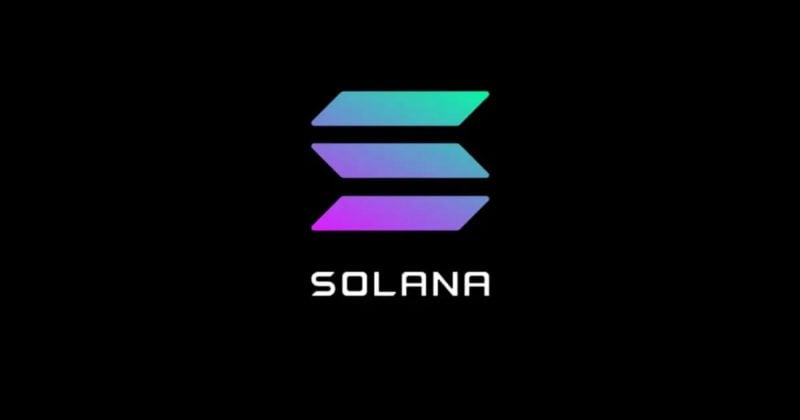
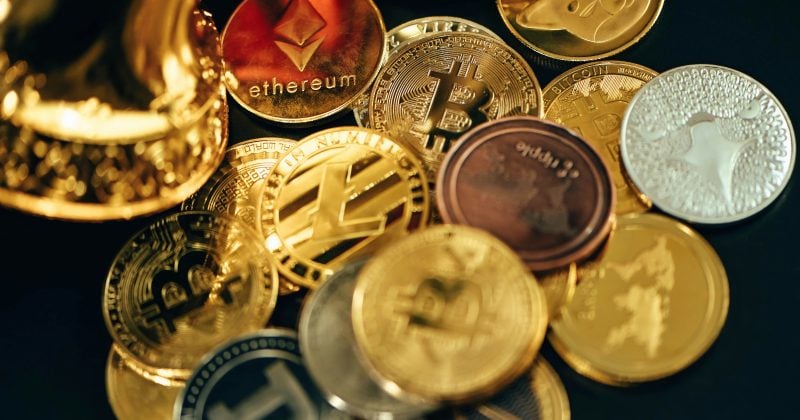
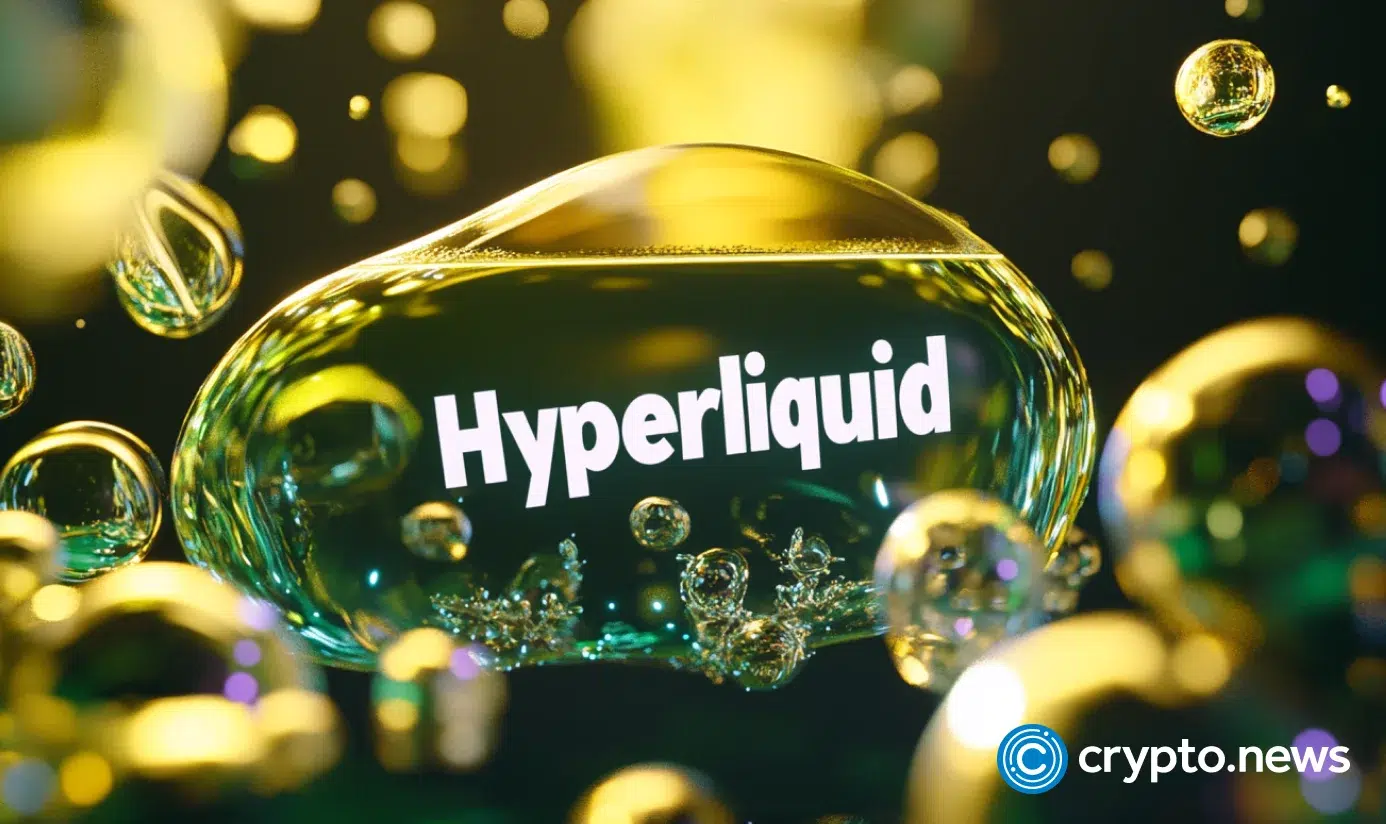







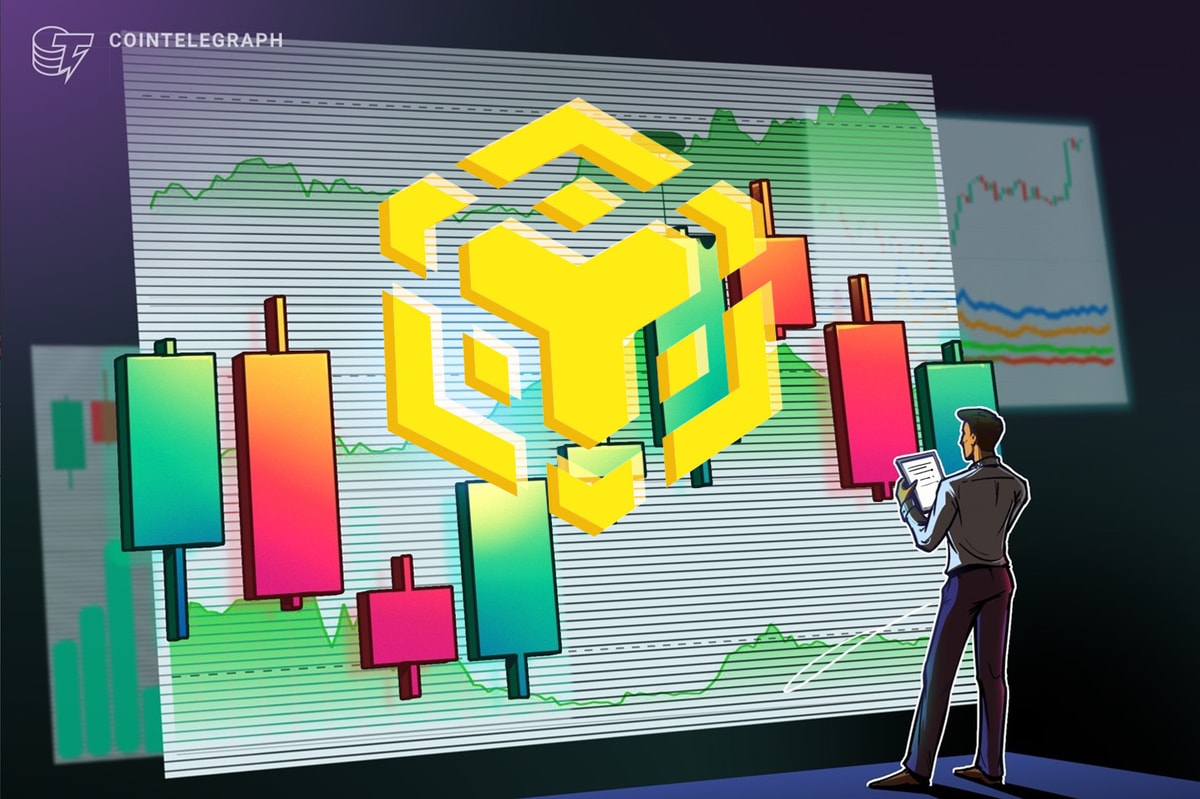

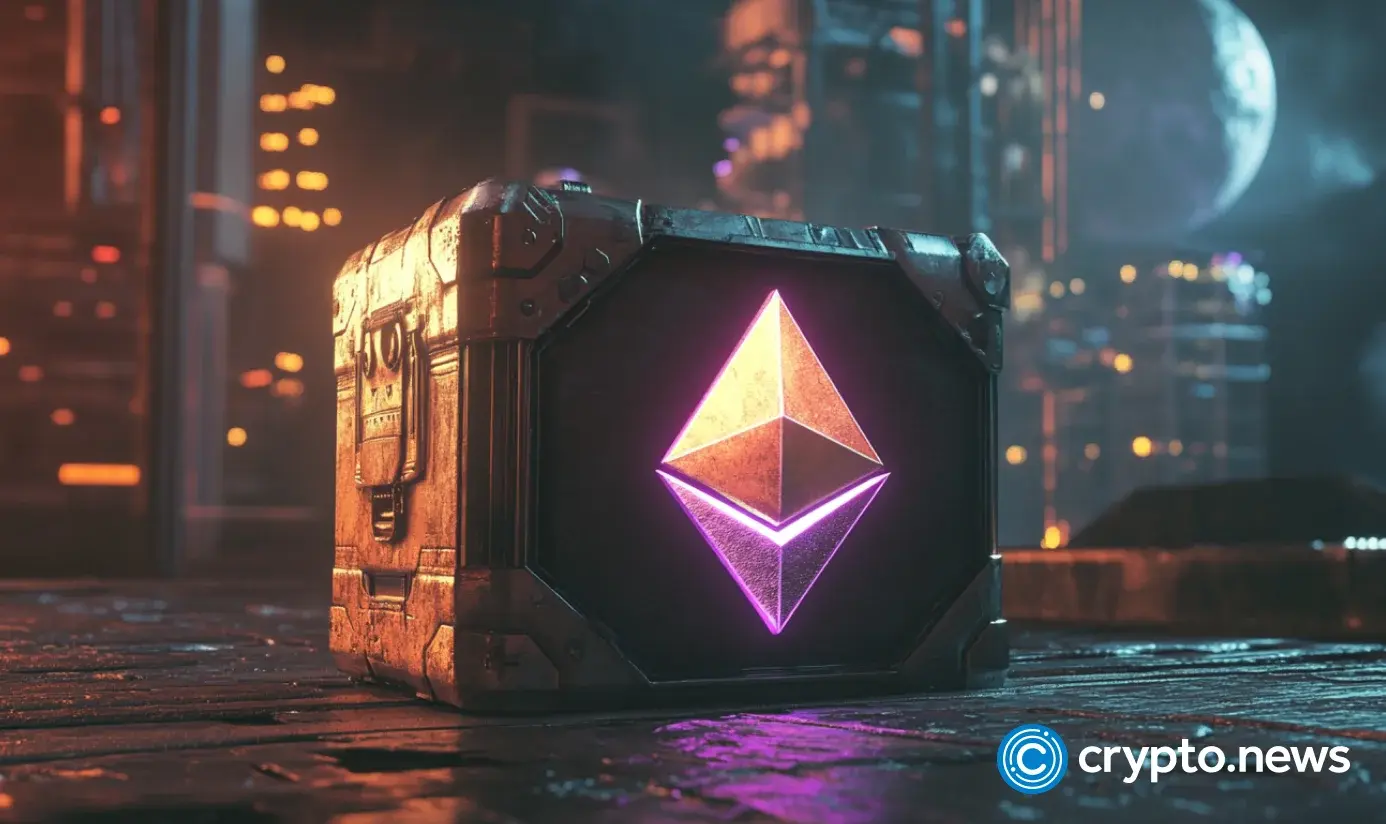
 English (US) ·
English (US) ·